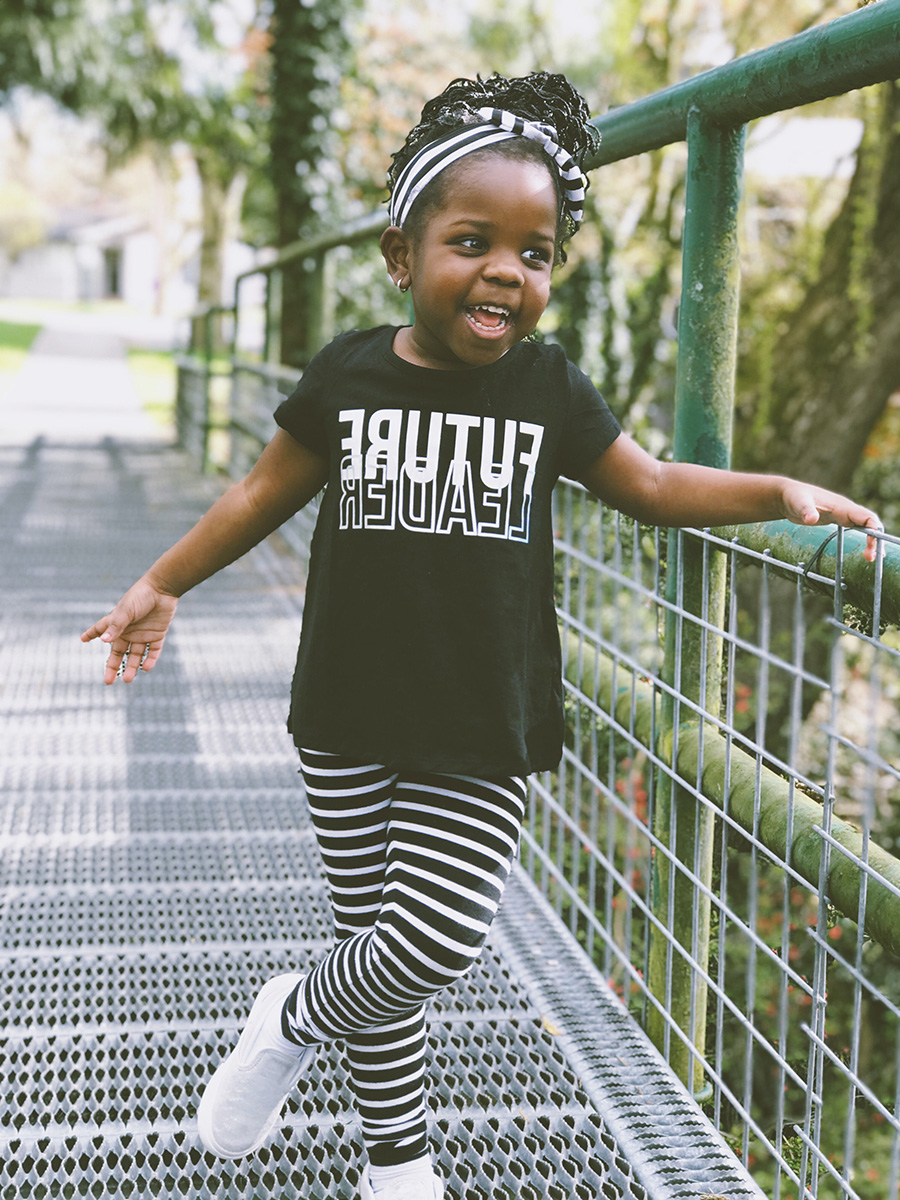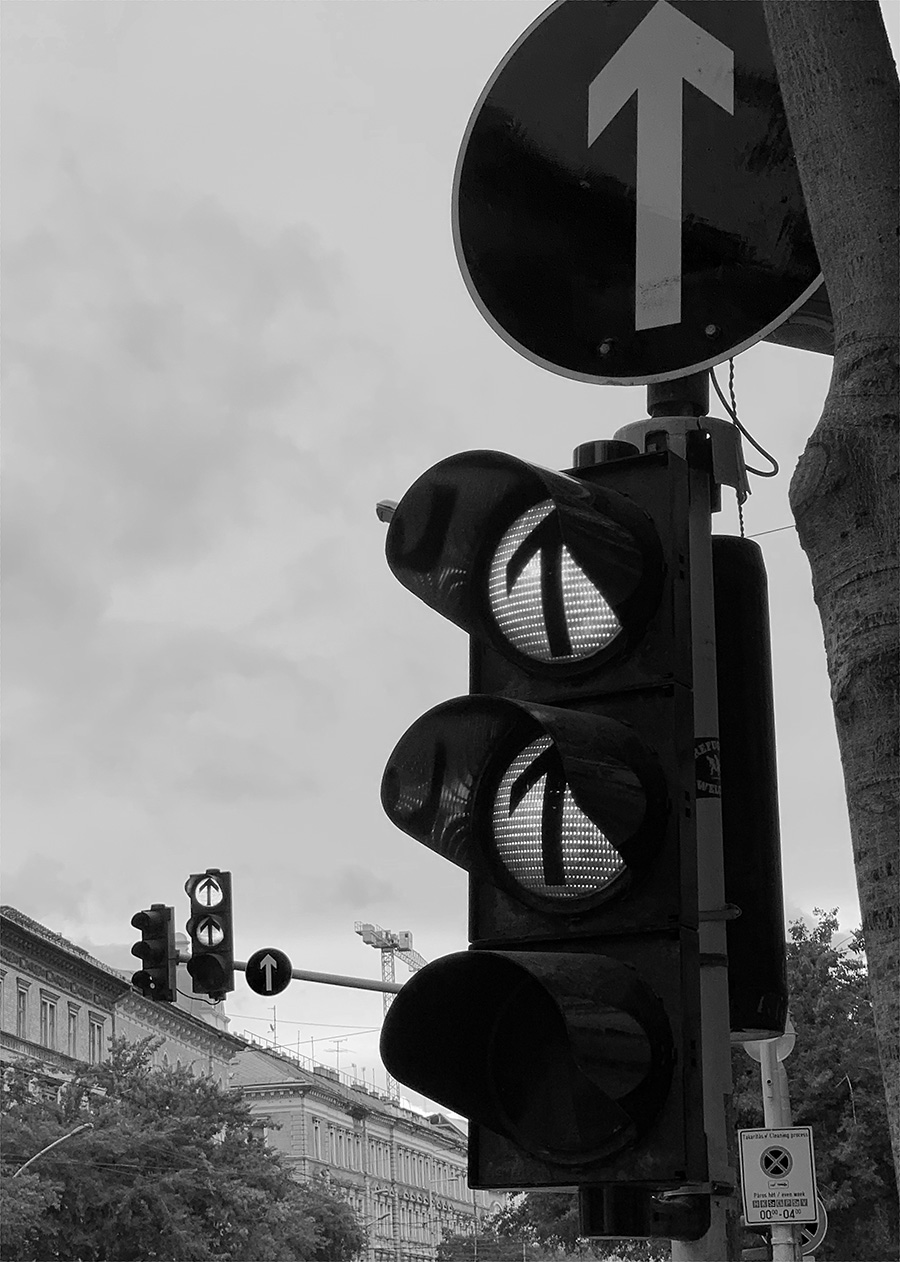
5 Trends for Sound Branding in 2024
Despite being a relatively new concept, Sound Branding, with each passing year, continues to gain recognition among brands, emphasizing the impact of sound on their audiences and exploring its benefits more extensively. The advancements in artificial intelligence, the rise of social networks, and the emerging technologies point toward future trends, with audio positioned as a central instrument in these developments.
The power of sound lies in its ability to evoke emotions, foster connections, and trigger associations in our brains—realms that we are only beginning to comprehend. Brands are already witnessing unprecedented results, engaging with their audiences in a more emotionally resonant manner.
Here are 5 upcoming trends in Sound Branding, opening up new possibilities for marketing to deepen connections with people.

Human Contact - Voice
Humanized interaction through voice, be it through Audible Response Units (URAs) or virtual reality avatars communicating via voice, has become pivotal in the relationship between companies and their audiences. Beyond speeding up responses and reducing noise with clients, this method conveys the brand’s personality and values through voice and sound, maintaining a human touch in communication.
According to a survey by Allison+Partners, 97% of companies believe it is important to “humanize the brand”, but only 26% know how to do it. Respondents recognize and begin to appreciate this strategy as it enhances “understanding and connection with the audience.”
At Zanna Sound, we apply this principle, as seen in the creation of the URA for Supergasbras. The goal was to bring existing customers closer, provide clearer, more humane service, and attract new customers through the URA channel. The aim was not just to humanize electronic assistance but to make people feel more comfortable and genuinely heard.
URA Supergasbras
“We had an aversion to ‘robotic’ service. We didn’t want that model; instead, we wanted a voice that translated our brand, our style, understanding that we talk to all of Brazil, and that the customer could be in a situation of dissatisfaction or urgency”
said Renata Perez Sipaúba, customer service manager at Supergasbras.


Artificial Intelligence
While artificial intelligence is already a certainty in present-day communication, the future of Sound Branding sees voice as the primary instrument in the opportunities sound offers. Since Apple introduced Siri, its virtual assistant, the market has continuously expanded with Alexa, Magalu, and other brand representatives born every day. The success of these cases lies in the aforementioned trend: humanizing customer interaction.
These virtual attendants personify the brand, imbuing it with personality and a human touch. Despite the need for adjustments in verbal tone and voice, they can connect with the audience through their avatars, becoming increasingly humanized. This format will continue to evolve as technologies, data, and algorithms advance. However, the demand for real contact will become more indispensable.
Multisensory Experiences
No longer confined to visual stimuli, immersive and multisensory experiences primarily rely on sound, utilizing tools like 3D audio to enhance experiences in games, films, series, and brand content. Imagine entering a physical or virtual store where you become the center of the sonic scene? All connected to the experience the brand aims to deliver through its attributes and personality.
And the Metaverse? Brands, armed with data on audience preferences, are delving into this virtual space to create tailor-made experiences where offerings can be individually customized. According to an Adweek article, “Personalized Audio Branding is designed for the future.”
Artistic Partnerships and Original Music
Musical artists have been invited by brands for decades to participate in their campaigns. Songs and jingles are rearranged, original songs, and sonic logos are tailor-made. Here’s an example from McDonald’s. This format seems to work consistently and continues to reinvent itself. People like and need music. It’s that simple. It brings more recognition to the brand.
A survey by SoundOut analyzed the audience’s response to the sonic logos of different companies. Among the 20 most recognized examples, 18 included the spoken or sung brand name. “Pleasant and simple melodies are more likely to create a connection with people, just like pop music,” says the study.
Even now, in October 2023, Christina Aguilera and Latto combined opera, pop, and rap for a Just Eat commercial, a food delivery service that used two well-known names to expand the brand’s recognition in the United States. Watch below:
This model brings benefits to both the brand and the artist. However, one problem is the risk of the brand’s message not being properly absorbed by the audience, and the artist being more remembered than the promoted product or service.
“This is especially problematic because most of the audience doesn’t pay much attention when an advertisement is playing – and may only ‘hear’ the artist (and not the brand) while their eyes focus elsewhere,” explained Florent Adam of the agency Sixième Son.


Viralization, Social Media, and TikTok
The same SoundOut survey indicated that brands, whether new or established, struggle to connect with Generation Z. Among the 50 companies that gained the most audience in the last year, only 6% of the new customers they reached were under 25 years old.
People in this age group consume different types of media and are not present in the same places as other demographics. “To grab their attention, you need to be on TikTok. The power of music can elevate your brand to an exposure level on TikTok far beyond what is achievable with almost any other music selection,” concludes the study.
Honestly, I understand that the future will not be just about target audiences, much less about precisely reaching consumers. This practice refers to an old world that views audiences as products, objects to be consumed by the media. The premise of the new humanity places sound as an invaluable value in constructing soundscapes that bring us happiness. In a world plagued by extremes, wars, and polarization, the only possible path is the affection that music provides—it brings closeness, humanity, and, above all, truth.
A practical example is the Sound Branding of MetrôRio, the project we created to play on trains, boarding platforms, and all points of contact with the public. It has become not only synonymous with the company but also the brand of the city of Rio de Janeiro.
Both locals and tourists associate the sound of MetrôRio with the city. The project has created an emotional connection with the audience, who use “the subway jingle” in videos of various niches and with diverse purposes on TikTok.

Interested in learning more about these Sound Branding trends, communication, and marketing? Want to know how to better apply them to your business or brand? How they can help enhance connections with people and results? Talk to us here!

Next article
Noise Pollution: Its Impacts on Health and the Environment
What are the hidden dangers of sound pollution? From health risks to damages to the environment. Get to know how to protect yourself and the planet.
Read more